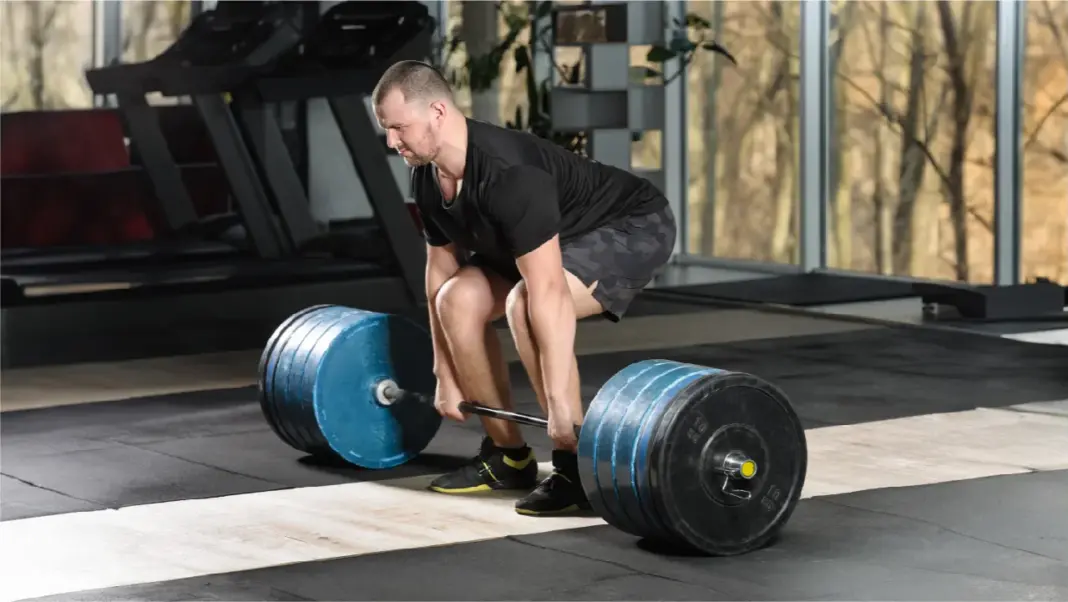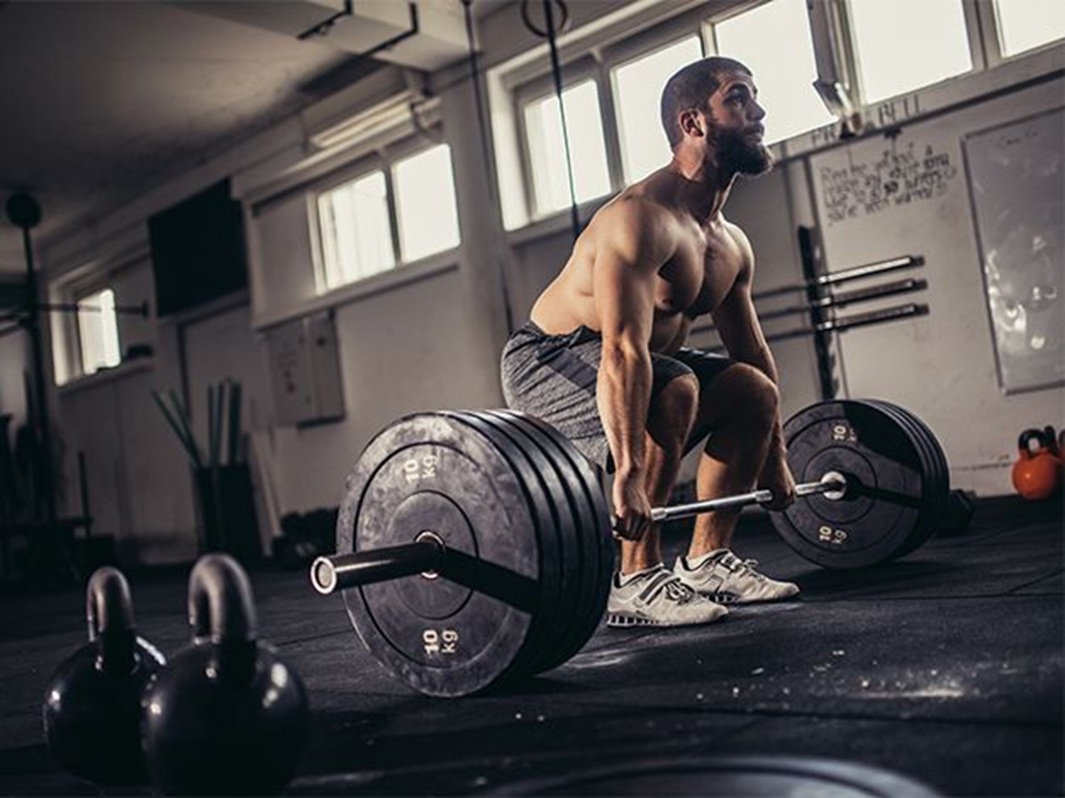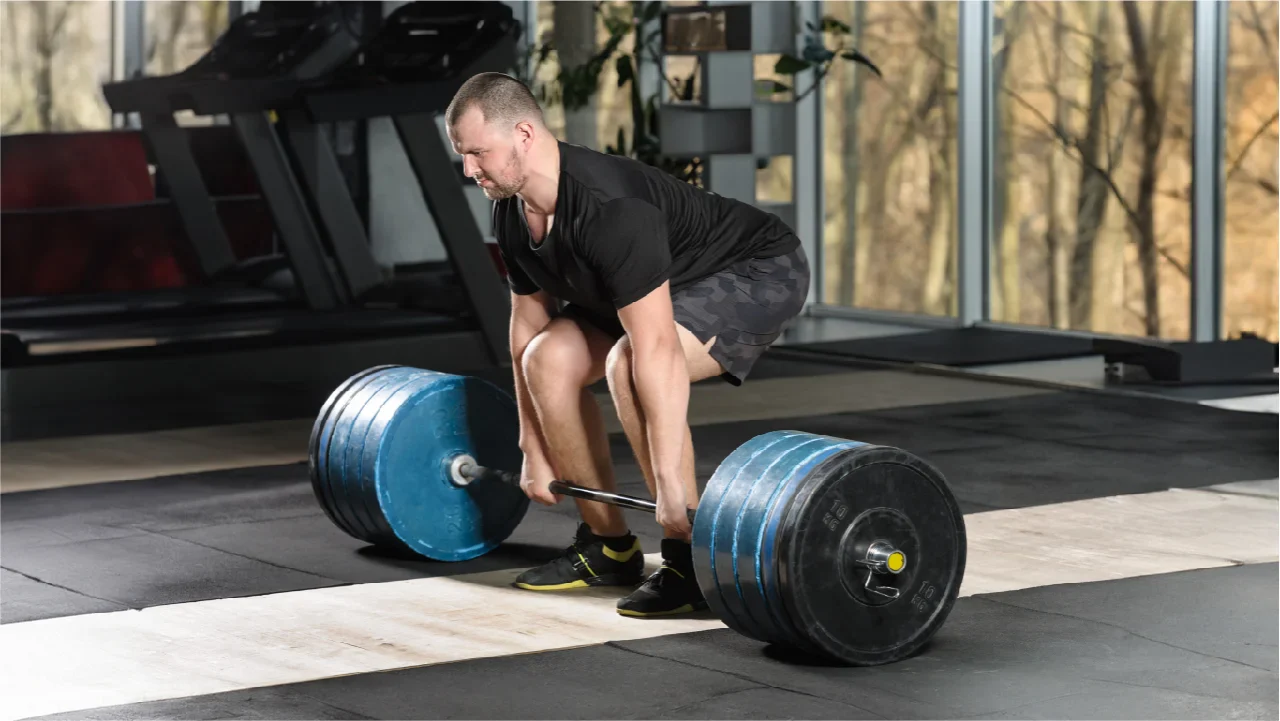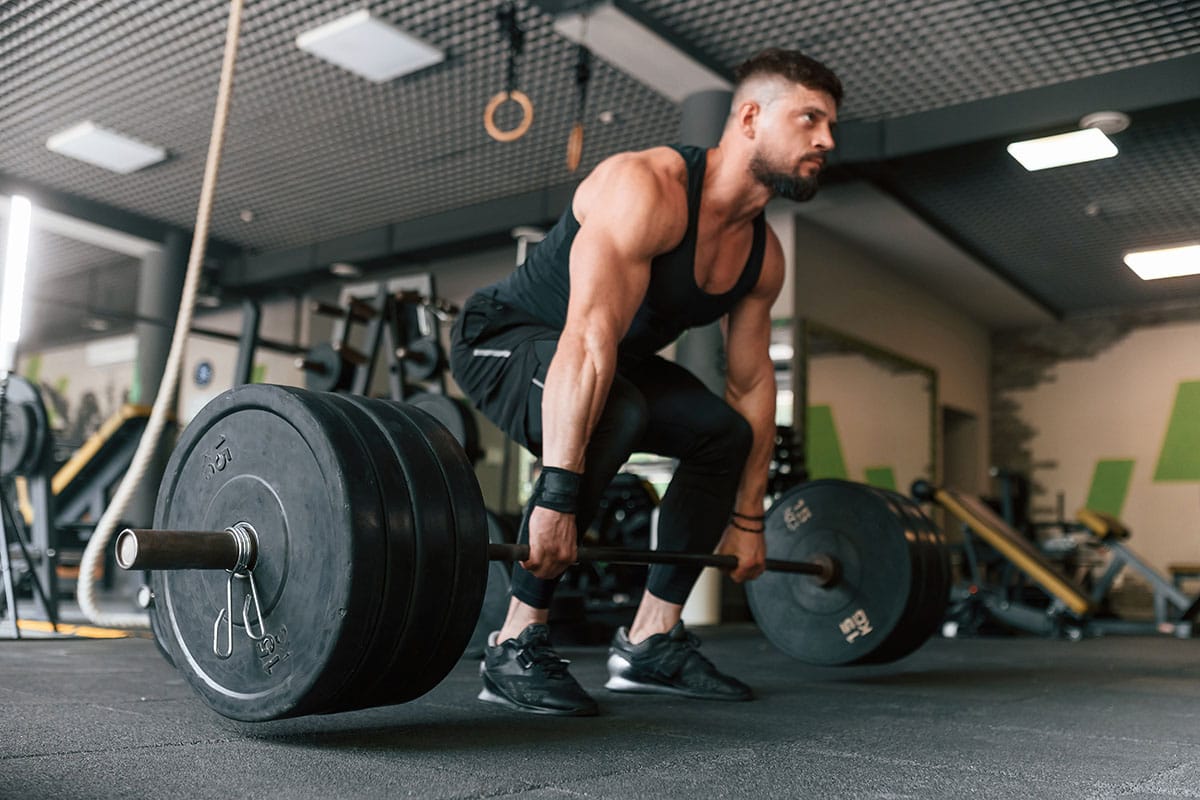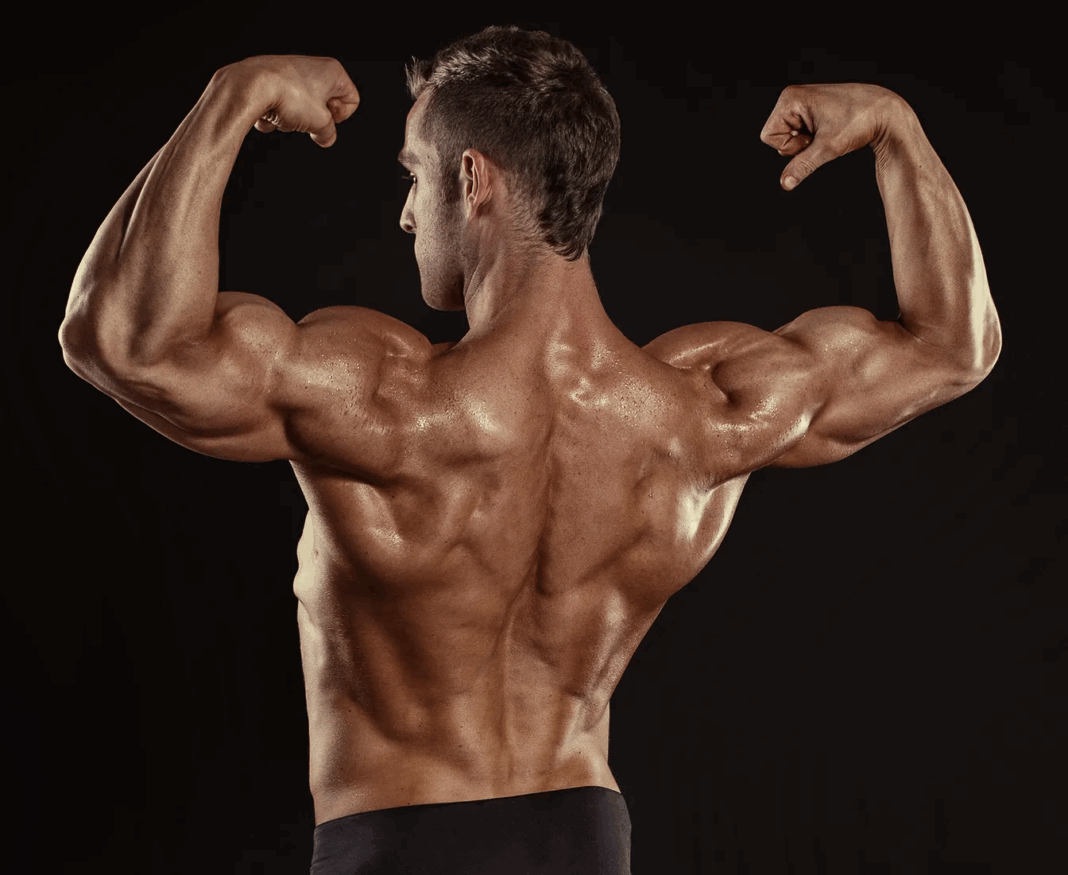Deadlifts for Back Growth: Do They Really Work?
The deadlift is one of the most iconic lifts in strength training. It builds total-body power, taxes every major muscle group, and commands respect in any gym. But when it comes to back development, opinions are divided:
👉 Do deadlifts actually build your back?
👉 Are they enough on their own for hypertrophy?
👉 Should you use deadlifts in bodybuilding-style training plans?
In this guide, we’ll break down exactly what deadlifts do for your back growth, which muscles they target, when (and how) to use them, and the best variations for size and strength. If you’re chasing a bigger, more complete back, this article gives you the real answer—no fluff.
Deadlift Anatomy: What Muscles Are Involved?
Deadlifts are a compound hinge movement that engages:
✅ Primary Movers:
- Glutes
- Hamstrings
- Erector Spinae (Lower Back)
✅ Secondary Supporters:
- Lats (Isometric)
- Traps (Mid and Upper)
- Rhomboids
- Forearms and Grip
- Core/Obliques
While rows and pulldowns actively contract the back, the deadlift challenges it isometrically (1). That means the back muscles hold position and stabilize under load, rather than pull through a range of motion.
So, Do Deadlifts Build Your Back?
✅ Yes—for thickness, spinal integrity, and trap development.
Deadlifts build:
- Erector spinae thickness (lower back density)
- Mid and upper traps from holding heavy loads
- Core and spinal stability to support other lifts
❌ No—for lat width or detailed hypertrophy.
Deadlifts don’t:
- Directly target the lats through shoulder extension
- Offer full-range contraction for mid-back or rhomboids
- Provide high tension over long durations
💡 Bottom line: Deadlifts are a foundation-builder, not a muscle-shaper. They’re excellent for raw size and strength, but not enough alone for bodybuilding-style back growth.
Benefits of Deadlifts for Back Training
-
Posterior Chain Overload
Deadlifts allow the heaviest loads of any barbell lift. That creates massive overload on the glutes, hamstrings, and erectors, which contribute heavily to lower back thickness.
-
Trap Engagement
As you stand up with a loaded bar, your traps and upper back engage to stabilize and hold posture. Over time, this develops significant trap mass—especially with heavy sets.
-
Spinal Stability and Core Strength
No lift taxes the entire back line like a deadlift. Strengthening these stabilizers prevents injury and improves performance in squats, presses, and rows.
-
Time Efficiency
One lift, multiple muscles. When programmed smartly, deadlifts can give you a high return with fewer exercises.
When to Use Deadlifts in Your Program
Deadlifts are most effective when:
- You’re in a strength or mass-building phase
- You train with moderate to heavy weights (70–90% 1RM)
- You program lower reps (3–6) to focus on force production
- You balance them with hypertrophy-focused back movements
If you’re a bodybuilder, use deadlifts as a foundational strength movement—not your main hypertrophy driver.
When Deadlifts Might Hurt Your Progress
Deadlifts may not be ideal if:
- You’re training high-volume back days with lots of rows and pulldowns
- Your recovery is limited (deadlifts are CNS-intensive)
- Your form breaks down under fatigue (risk of injury increases)
Too much deadlifting can:
- Drain nervous system recovery
- Limit accessory volume
- Lead to overuse injuries in the lumbar spine
👉 That’s why many bodybuilders use deadlift variations instead of conventional deadlifts.
Best Deadlift Variations for Back Growth
Here are the top deadlift alternatives for maximizing back development without frying your nervous system.
-
Rack Pulls (Block Pulls)
Why it works: Reduces range of motion and shifts tension to the upper traps, lats, and spinal erectors.
- Set pins just below or at the knee
- Pull heavy (90–120% of deadlift 1RM)
- Great for upper back overload
- Sets/Reps: 4 sets of 5–8 reps
-
Romanian Deadlift (RDL)
Why it works: Targets hamstrings, glutes, and lower back with more time under tension and less CNS fatigue.
- Use lighter loads (60–70% 1RM)
- Focus on slow, controlled eccentric
- Sets/Reps: 3–4 sets of 8–12 reps
-
Trap Bar Deadlift
Why it works: More quad and trap activation, less shear force on spine. Ideal for general strength and back support.
- Neutral grip = easier on shoulders and wrists
- More upright torso = lower back-friendly
- Sets/Reps: 3–4 sets of 6–10 reps
-
Deficit Deadlifts
Why it works: Increases range of motion, hits lower back and glutes harder.
- Stand on a small plate or block (1–2 inches)
- Use moderate weights with perfect form
- Sets/Reps: 3 sets of 6–8 reps
-
Snatch-Grip Deadlift
Why it works: Wide grip increases trap and upper back involvement. Adds time under tension and complexity.
- Grip bar outside rings (very wide)
- Keep bar close and pull slow
- Sets/Reps: 3–4 sets of 6 reps
Sample Back Training Day with Deadlift Emphasis
Here’s how to use deadlifts without sacrificing volume for lats, traps, and rhomboids.
🔥 Back Workout A – Strength + Thickness Focus
- Conventional Deadlift – 4 sets of 4
- Barbell Row – 4 sets of 10
- T-Bar Row – 3 sets of 12
- Pull-Up – 3 sets to failure
- Face Pull – 3 sets of 20
- RDL – 3 sets of 10
💪 Back Workout B – Hypertrophy-Focused
- Rack Pull – 4 sets of 6
- Seated Cable Row – 3 sets of 15
- One-Arm Dumbbell Row – 3 sets of 12
- Straight-Arm Pulldown – 3 sets of 15–20
- Shrugs – 3 sets of 20
Practical Tips for Maximizing Back Growth with Deadlifts
✅ Start Your Week with Deadlifts
Deadlifts are demanding. Put them early in your training week, when recovery is fresh.
✅ Don’t Deadlift and Row Heavy on the Same Day
Pair deadlifts with lighter rows or pulldowns to avoid neural fatigue.
✅ Use Straps if Grip Holds You Back
If your goal is hypertrophy, don’t let grip fatigue limit back stimulus. Use straps for rows and deadlifts if needed.
✅ Treat Them as a Performance Lift, Not a Pump Lift
Deadlifts aren’t meant for 20-rep sets. Train them for power, not pump.
What Deadlifts Won’t Do
Let’s clear up the myths:
- ❌ They won’t replace rows or pulldowns. Deadlifts don’t train through a full range of motion for the lats or traps.
- ❌ They won’t isolate back muscles. If you want detail and shape, you need targeted exercises.
- ❌ They won’t work if your form is trash. Rounded backs and jerky pulls won’t grow muscle—just hurt you.
Final Verdict: Are Deadlifts Good for Back Growth?
Yes—when used smartly.
Deadlifts are:
- Great for building foundational thickness and lower back strength
- Effective for trap and spinal erector development
- Best used in lower-rep strength ranges
- Not ideal for lat width or mid-back hypertrophy on their own
Combine them with high-volume rows, pulldowns, and isolation work for the most complete back-building program.
If you’re after a strong, dense, and powerful back, deadlifts absolutely belong in your program. Just make sure they’re part of the picture—not the whole plan.
🔗 Next Reads in Your Back Training Series:
- The Ultimate Guide to Back Workouts
- The 10 Best Exercises for a Wider Back
- How to Build a Thick Back with Rowing Movements

